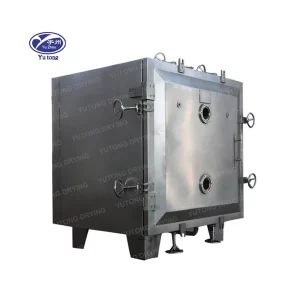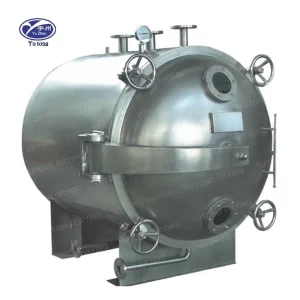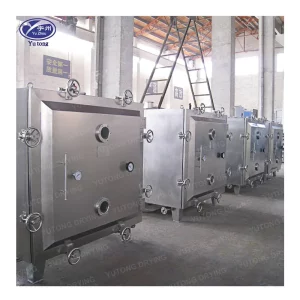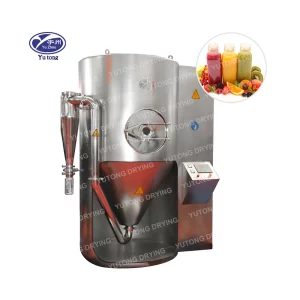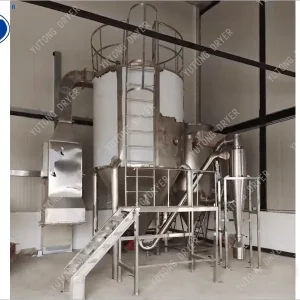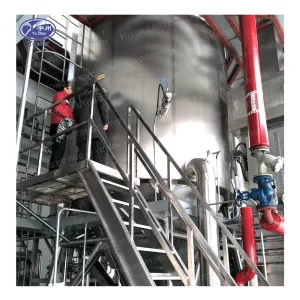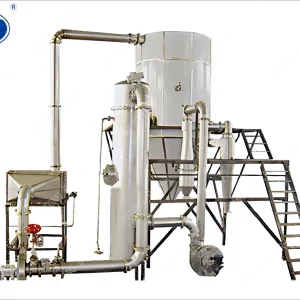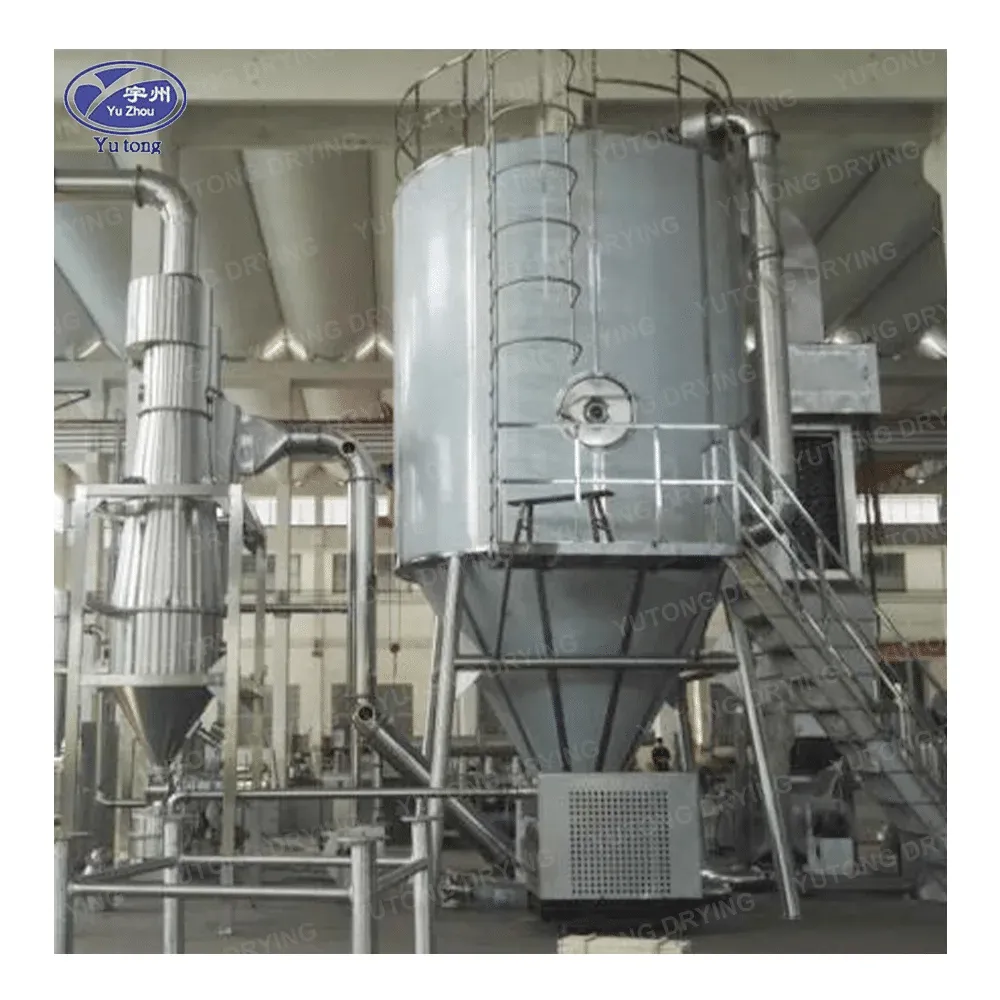In various industries, the need for efficient drying processes is crucial. One such method that has gained popularity is vacuum drying. Vacuum dryers offer a unique set of advantages and are used in a wide range of applications. In this article, we will explore the principle, construction, working, advantages, disadvantages, and usage of vacuum dryers.
Principle of Vacuum Drying
Vacuum drying operates on the principle of reducing the pressure inside a drying chamber to lower the boiling point of the liquid being dried. By creating a vacuum, the vapor pressure of the liquid is reduced, allowing it to evaporate at a lower temperature than at atmospheric pressure. This process enables gentle drying without subjecting the material to high temperatures, which can be beneficial for heat-sensitive substances.
Construction of a Vacuum Dryer
A typical vacuum dryer consists of the following main components:
1. Drying Chamber: This is the enclosed space where the material to be dried is placed. The chamber is made of materials that can withstand the vacuum and is often insulated to minimize heat loss.
2. Vacuum System: Comprises a vacuum pump and associated valves and gauges. The vacuum pump is responsible for evacuating the air from the drying chamber to create the required vacuum.
3. Heating System: Can be in the form of electric heaters, steam coils, or hot water jackets. The heating system provides the necessary heat to evaporate the liquid from the material.
4. Agitator (optional): In some cases, an agitator may be included to ensure even drying and prevent the formation of lumps or uneven drying.
5. Control System: Monitors and controls the temperature, pressure, and drying time. This may include thermostats, pressure sensors, and timers.
Working of a Vacuum Dryer
The working of a vacuum dryer can be described in the following steps:
1. Loading: The material to be dried is placed inside the drying chamber.
2. Evacuation: The vacuum pump is activated, and air is removed from the drying chamber until the desired vacuum level is achieved.
3. Heating: The heating system is turned on, providing heat to the material. As the pressure is reduced, the liquid in the material begins to evaporate at a lower temperature.
4. Drying: The evaporated liquid is removed by the vacuum pump, and the drying process continues until the material reaches the desired moisture content.
5. Unloading: Once the drying is complete, the vacuum is released, and the dried material is removed from the chamber.
Advantages of Vacuum Drying
1. Gentle Drying: Vacuum drying is a gentle process that minimizes damage to heat-sensitive materials. The lower drying temperatures prevent degradation, discoloration, and loss of active ingredients.
2. Faster Drying: Due to the reduced boiling point, drying occurs more quickly compared to conventional drying methods. This can lead to increased productivity and reduced processing times.
3. Improved Quality: The controlled environment of a vacuum dryer results in a higher quality end product. The absence of air and oxygen reduces the risk of oxidation and spoilage.
4. Enhanced Hygiene: Vacuum drying can be carried out in a closed system, reducing the risk of contamination from dust, bacteria, and other impurities.
5. Versatility: Vacuum dryers can handle a wide range of materials, including powders, granules, pastes, and slurries.
Disadvantages of Vacuum Drying
1. High Initial Cost: Vacuum dryers can be expensive to purchase and install. The cost of the vacuum pump, heating system, and other components can be significant.
2. Energy Consumption: Although vacuum drying is more energy-efficient than some other methods, it still requires a significant amount of energy to operate the vacuum pump and heating system.
3. Maintenance Requirements: Vacuum dryers require regular maintenance to ensure proper functioning. The vacuum pump may need to be serviced periodically, and the seals and gaskets need to be checked for leaks.
4. Limited Capacity: Some vacuum dryers have a relatively small capacity compared to other drying methods, which may not be suitable for large-scale production.
Usage of Vacuum Dryers
Vacuum dryers are widely used in various industries, including:
1. Pharmaceuticals: For drying active pharmaceutical ingredients, powders, and granules. Vacuum drying helps maintain the integrity and potency of the drugs.
2. Food Industry: Used for drying fruits, vegetables, spices, and other food products. It helps preserve the nutritional value and flavor of the food.
3. Chemical Industry: For drying chemicals, pigments, and resins. Vacuum drying can prevent oxidation and degradation of sensitive chemicals.
4. Electronics: In the production of electronic components, vacuum drying is used to remove moisture and ensure proper functioning.
Vacuum drying is a valuable drying method that offers several advantages over conventional drying techniques. Its gentle drying process, faster drying times, and improved product quality make it suitable for a wide range of applications. However, it also has some disadvantages, such as high initial cost and energy consumption. When considering the use of a vacuum dryer, it is important to weigh the advantages and disadvantages and determine if it is the right choice for your specific drying needs.

